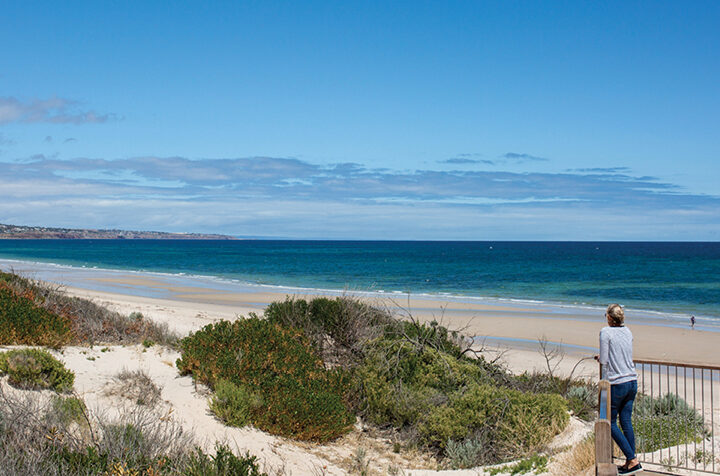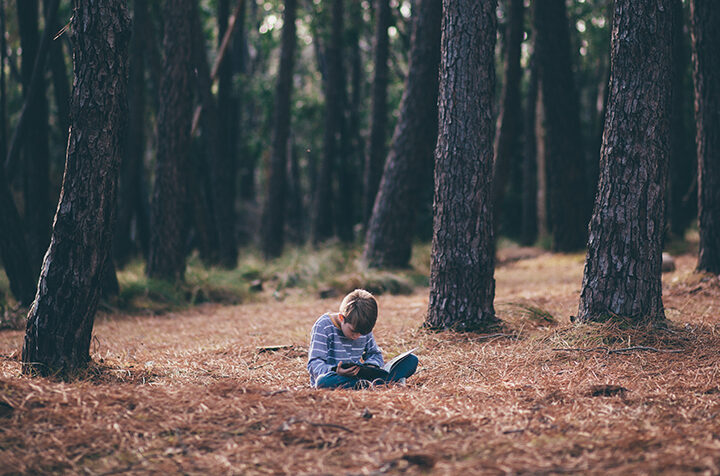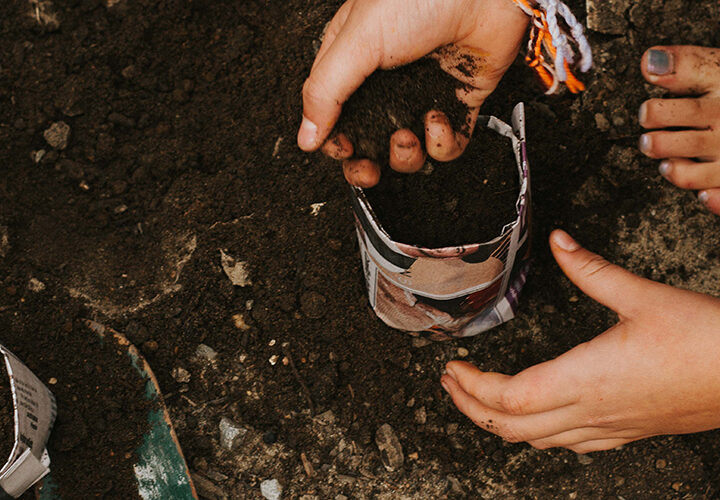Forest Rhythms by Claire Lock
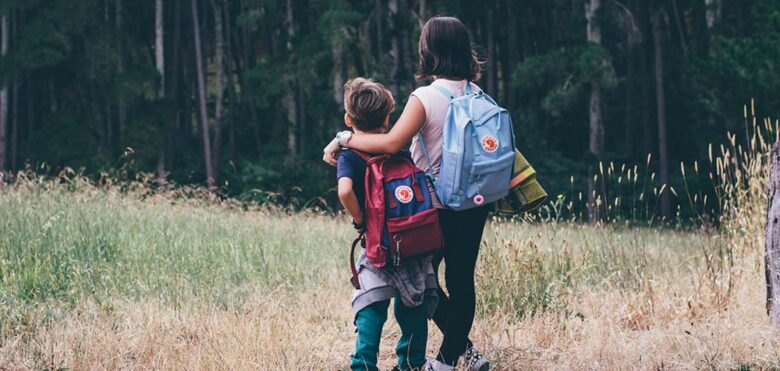
A comforting rhythm of familiarity, anticipation, and bone-deep satisfaction has woven its way into our family’s outdoor adventures, etching memories borne from a connection to place and a sense of belonging.
It starts with the familiar push-and-pull required to make it out the door: picnic and snacks packed, clothing organised, backpacks readied, kids wrangled. Next, there’s the sense of achievement in shutting the boot, selecting tunes, and pulling out the drive to hit the road.
Sometimes, our adventure rhythm finds its pace in the promise of lands we’re yet to explore. We set out with outdoor essentials, each other, an open mind, and no schedule. Freedom, play, and quality time are the only agenda.
Other times, there’s a unique rhythm reserved for the places we return to across the seasons and over the years. Sites where our experiences and interactions over time give deeper meaning and emotional connections to place and each other.
An Adelaide Hills forest is one such spot where this comfortable pulse of expectation, familiarity, and sense of place incrementally crafted itself. Here, you’ll find a small pine forest and former orchard nestled between rolling hills. Its ephemeral cubbies, whispering pines, winter fungi, and summer fruits provide the hero ingredients for childhood adventures.

The ancient Mulberry Tree – where friends meet, climb, and eat.
There’s a pull to this place. Somehow, the kids and I know when it’s time to visit again – a new season, a birthday to ‘just be’ together, or new friends to induct. Possibility beckons. There are evolving cubby masterpieces to discover, fallen pines, gnarled trees bearing unusual fruits, and other families that occasionally coo-ee back across the landscape.
We weren’t aware we would be creating a unique rhythm with our first visit, the three of us peering out the car window as the towering stand of trees drew closer and closer. Or how it’d become routine to park in line with the pines, spill out of the car, ready our packs, and step beyond the fence threshold to inhale at the hills and trees’ expanse.
Over time we traced the trails, hillsides, and creek, intuitively mapping the forest’s terrain and unique seasonal features through hours of play and observation.
It’s this familiarity and collection of experiences that led the kids to name their significant landmarks: The Mulberry Tree (a prime spot to meet friends in summer), Sushi Cubby (our main base, named after a favourite picnic food), and Harry Potter Cubby (where Hogwarts symbolism is mysteriously etched into the timber).
And then, there’s The Reading Tree. Standing by a trail at the top of the hill, the pine’s low, sturdy branches were ripe for climbing and reading, as it turns out. On one visit to The Reading Tree, we discovered all its branches were cut back to the trunk. There was no scope for climbing or reading anymore, and the sense of loss and injustice was deeply felt.
“Who would do this to our Tree?” my children asked.
“How dare they,” my then five-year-old son said, voice quivering with sadness and personal affront. Their pain highlighted the bond they’d developed with their forest place.
It was in this forest, many winters ago, that I realised my children had entered a new era. As I read amongst blankets on Sushi Cubby’s platform, they explored on their own for the first time. Communicating with each at a distance via walkie-talkies, they navigated the blackberry-lined creek trails and lower hillside.
Suddenly, we were no longer venturing into the wild with a toddler-in-tow. Instead, these two children were now firmly planted in their middle childhood years. With that, our adventure rhythm shifted: these two were now at the point of greater independence, pushing their personal and geographical boundaries as their worlds expanded before them.
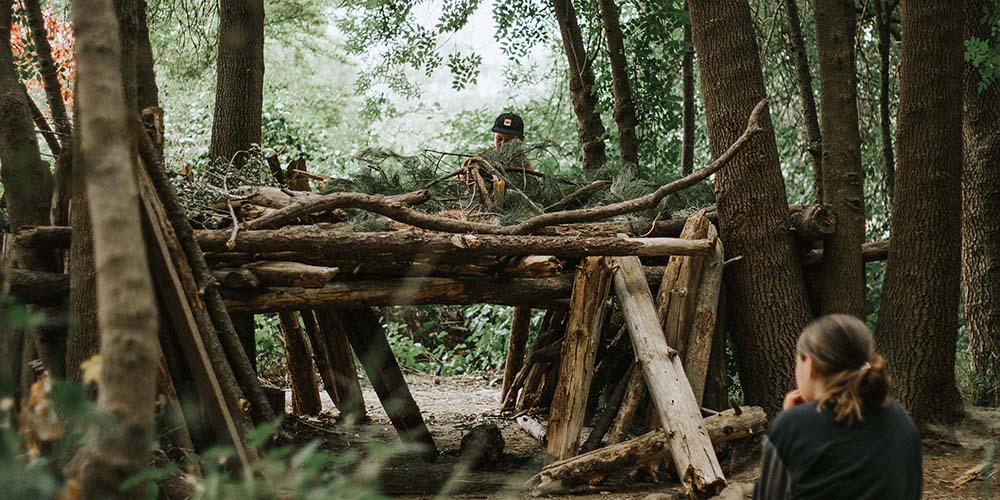
The Sushi Cubby – a childhood backdrop, spanning toddler to teenager years.
The change came with a tinge of melancholy, but more so pride in their growing confidence and abilities. There was also recognition of their emerging needs for separation and self-sufficiency as they carved their own places in the world.
These moments strike the core of why our adventures have been prioritised. In a world of busyness, there’s freedom in pulling out the drive, finding our own way, and finishing the day with wind-swept hair, tired bodies, and stories to share. Connection fuels us. And so, our rhythm beats on.
Want to discover SA forests with your family? Discover some of our top picks here.
Images by Claire Lock, Nature Street Creative.


